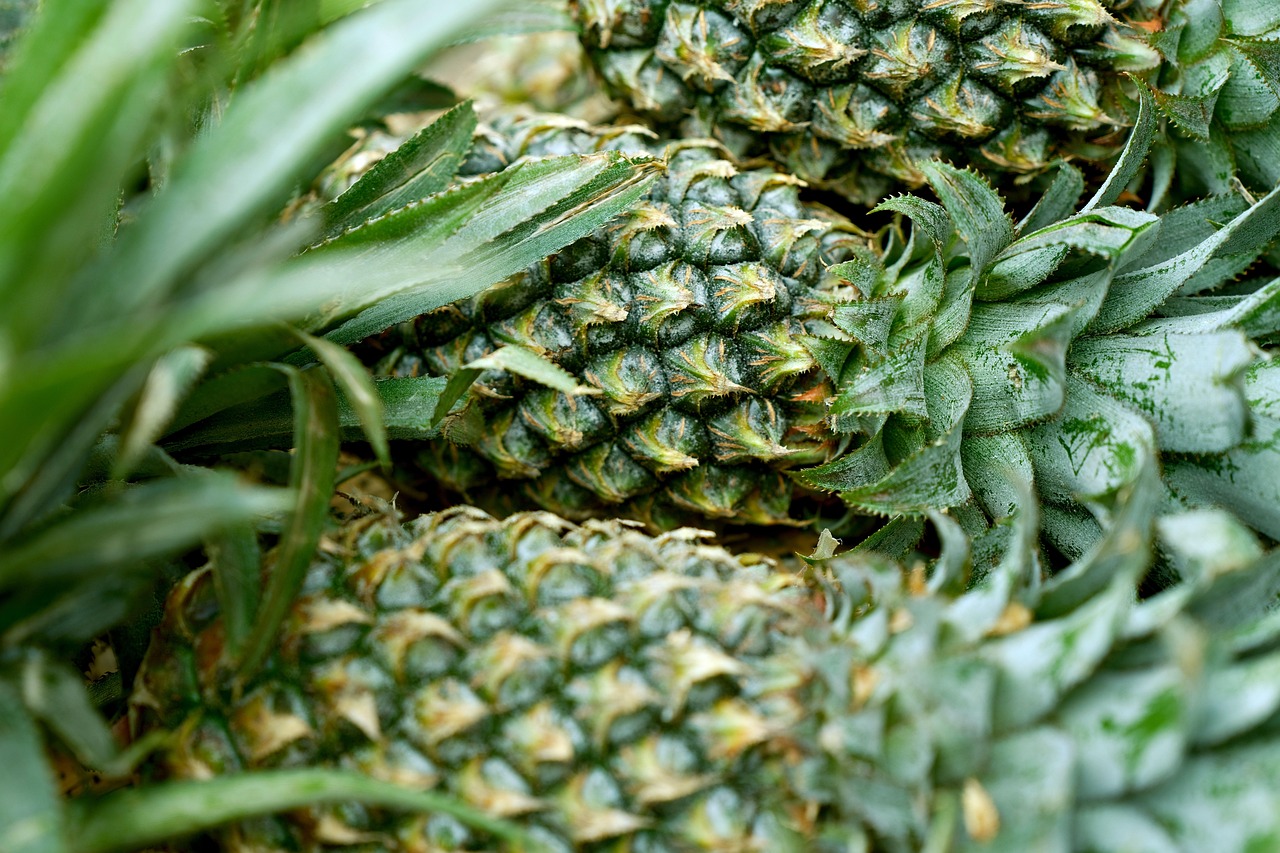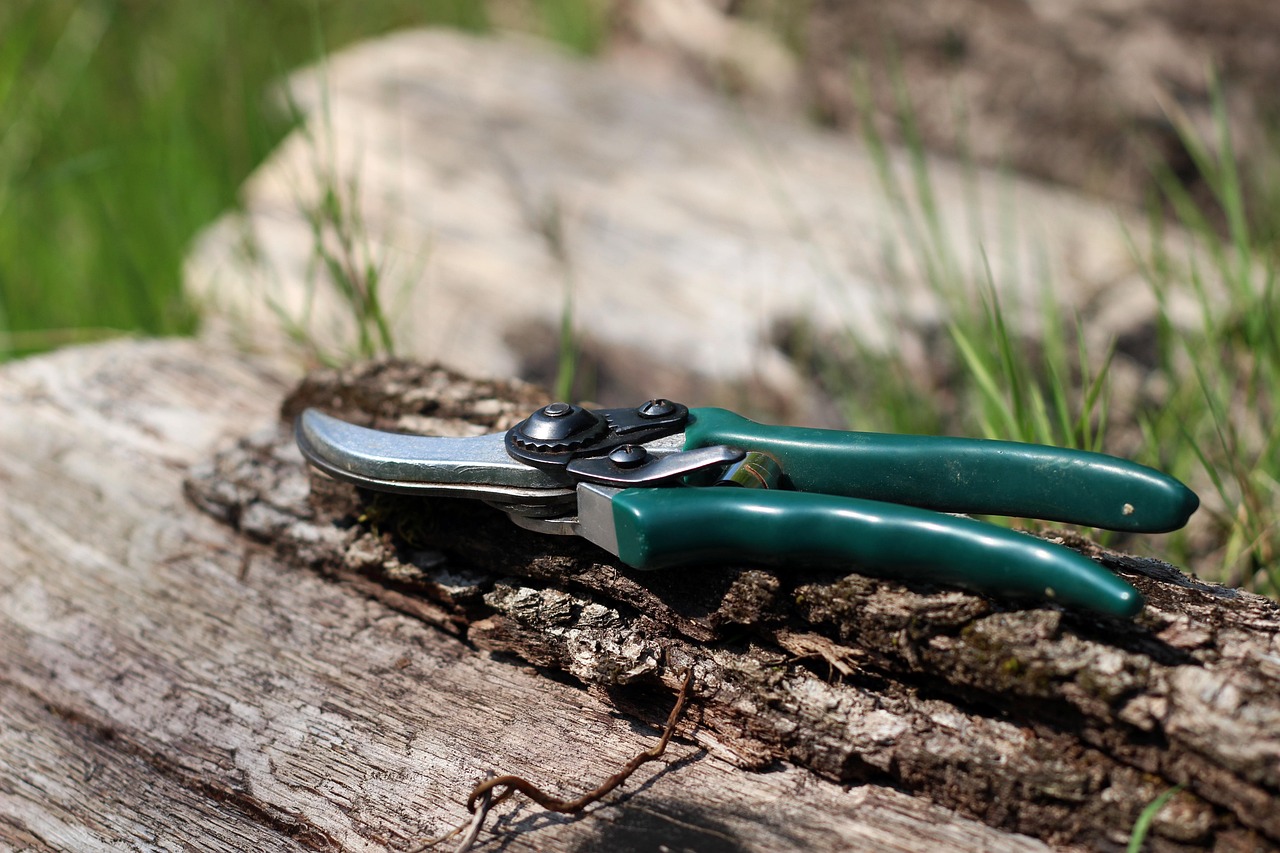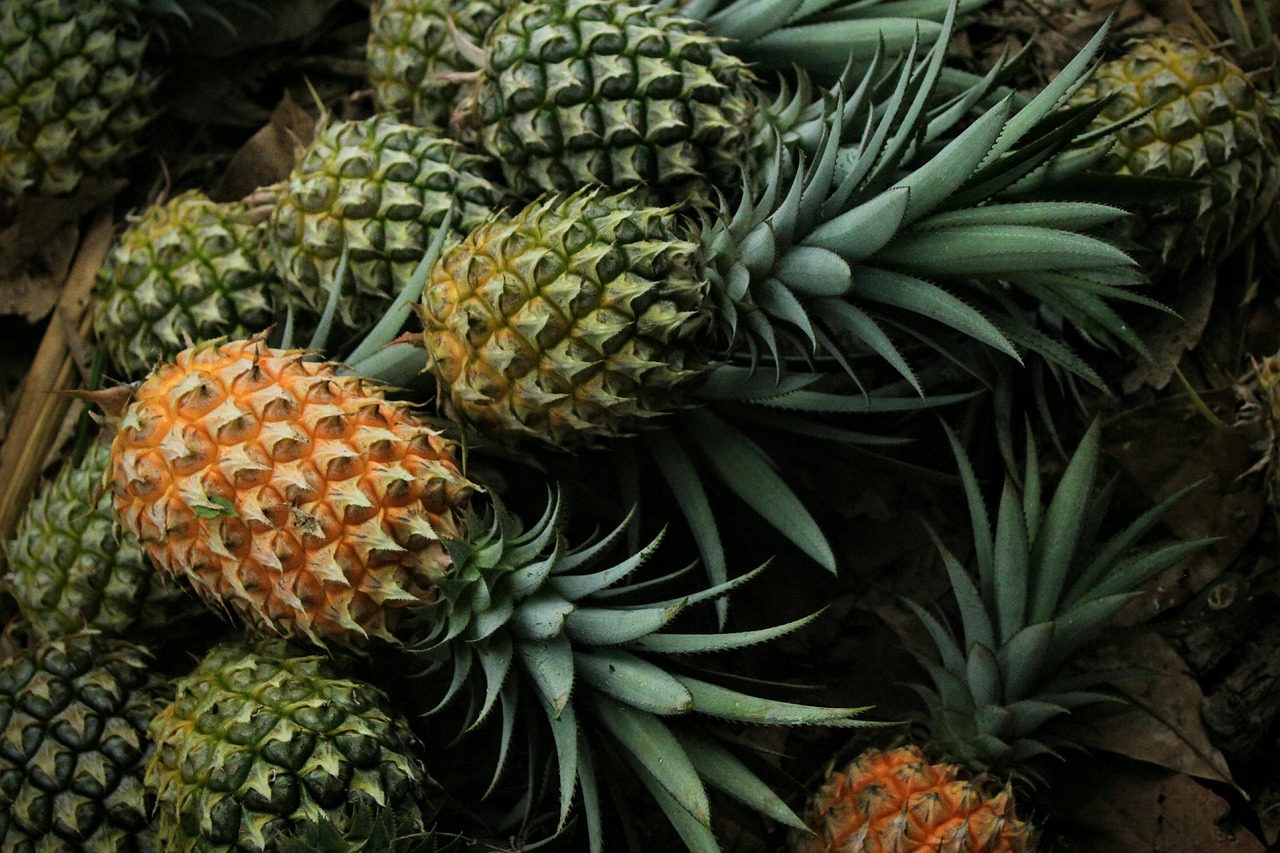Effective pineapple tree pruning enhances plant health, boosts fruit size, and increases yields. By focusing on proper timing, techniques, and tool maintenance, growers can prevent diseases, improve airflow, and ensure easier harvesting. This guide shares practical tips from personal experience to help tropical farmers optimize their pineapple cultivation.
Pineapples have become a staple in my tropical garden, and their sweet flavor keeps me coming back for more. From my personal experience, I know that pruning isn’t just about looks; it’s vital for the plant’s health and productivity. Learning the right time and techniques has truly transformed my harvests. When I started paying attention to pruning schedules, I noticed a real difference in fruit quality and plant vigor.

Living in a tropical climate, I always found that pineapples thrive best in well-drained soil and plenty of sunshine. But I learned early on that the dense foliage overcrowded the plant, competing for nutrients and light—another reason I always prune regularly. It improves airflow and sunlight penetration, which makes for a healthier plant and tastier fruit.
Why I Find Pruning So Important
To me, pruning isn’t just about making my plants look tidy—it’s a multipurpose tool. Here’s what I always keep in mind based on my experience:
- Better Air Circulation: I’ve seen firsthand how reducing overcrowding prevents fungal diseases. It’s like giving my pineapple plants breathing room.
- Sunlight Gets Deeper: Thinning leaves encourages sunlight to reach the inner parts of the plant, resulting in healthier growth and sweeter fruit.
- Bigger & Better Fruits: I’ve noticed that healthy, well-pruned plants tend to produce fewer but larger, higher-quality pineapples.
- Controlling Pests & Diseases: Regularly removing dead or diseased leaves is my go-to method for keeping bugs and infections at bay.
- Harvesting Made Easier: When my plants are properly pruned, harvesting becomes a straightforward task, saving me time and effort.
Getting the timing right is essential. Based on my experience, understanding the growth stages helps me decide when to prune and what techniques to use. Every farm, mine included, can benefit from paying close attention to these details.

Pro-Tips from My Experience
When I first started pruning my pineapple plants, I underestimated how important timing truly is. Early on, I would prune at random, which sometimes stressed my plants or delayed fruit development. Now, I always pay close attention to their growth stages and adjust my schedule accordingly—this approach has significantly improved my harvest quality.
Using sharp, clean tools has been a game-changer. I learned the hard way that dull blades cause ragged cuts that can introduce infections. Nowadays, I disinfect my shears and sharpen them regularly; it makes pruning much smoother and healthier for my plants.
I used to think removing as many leaves as possible was best. But from my experience, over-pruning weakens the plant and reduces energy reserves. Now, I prune only about 20-30% of the excess foliage and always ensure my plants retain enough leaves to thrive.
Initially, I ignored signs of disease or pests, thinking they would resolve on their own. I quickly found out that early removal of infected leaves prevents bigger problems later. Now, I inspect my plants weekly and take immediate action when I notice issues.
When I first overlooked soil health, I noticed my plants didn’t perform as well. Now, I regularly enrich my soil with organic matter and mulch, which supports healthier growth and makes pruning more effective.
Finally, I used to prune without paying attention to environmental factors. Now, I consider humidity, rainfall, and temperature, adjusting my care routine accordingly to keep my pineapple plants happy and productive throughout the year.
When Do I Prune?
Timing has always been critical for me. I typically follow a simple schedule:
- Early Growth: Right after planting, I remove any weak or damaged shoots to give my plants a healthy start.
- Mid-Growth: As the plant develops, I thin excess leaves to prevent overcrowding and ensure sunlight reaches the center.
- Before Harvest: Just before I pick the pineapples, I cut away any remaining yellow or dead leaves for a cleaner look and better fruit.
Of course, I keep a close eye on my plants — if I spot overgrowth or signs of disease, I adjust my schedule. Flexibility, I learned, is key to successful pruning.
The Techniques That Work for Me
Effective pruning is about using the right methods. Here’s what I personally do:

- Remove Dead or Diseased Leaves: I always start here, cutting away any unhealthy-looking foliage at the base. It’s the first step in preventing disease spread.
- Thin Excess Foliage: I use sharp shears to remove about 20-30% of the overgrown leaves. I’ve learned not to go overboard—plants need their leaves for energy.
- Cutting Flower Stalks: After flowering, I prune remaining stalks to focus the plant’s energy on growing good fruit.
- Manage Plant Height: If a plant gets too tall for me to harvest comfortably, I trim it back slightly—trust me, this makes a huge difference during harvest time.
Always, always, I make sure my tools are clean and sharp before pruning. Dull or dirty tools can cause jagged cuts and introduce infections.
My Personal Schedule for Pruning
| Growth Stage | What I Do | Why It Helps |
|---|---|---|
| Initial | Remove weak shoots | Builds a strong foundation |
| Mid-Growth | Thin out excess leaves | Ensures adequate light and airflow |
| Pre-Harvest | Clear dead/yellow leaves | Prepares the plant for the best harvest |
Following this schedule based on my observations has helped me maintain healthy plants and get better fruit year after year.
The Mistakes I Always Avoid
From my own slip-ups, I learned what to steer clear of:
- Over-pruning: I used to cut too many leaves, which weakened the plant. Now I aim to leave at least half the foliage intact.
- Pruning at the Wrong Time: Doing it when the plant was stressed or during the wrong growth stage caused problems, so I learned to stick to my schedule.
- Using Dull Tools: Dull blades cause damage and infections. I always keep my shears sharp and disinfected.
- Ignoring Disease Signs: I now remove diseased leaves immediately when I spot them—delays only worsen the problem.
- Neglecting Soil Health: Pruning helps, but healthy soil is vital too. I always enrich my soil regularly for the best results.
Tools I Trust
Having reliable tools makes all the difference. I always keep these ready:
- Sharp pruning shears
- Strong loppers for thicker branches
- A good, sharp garden knife
- Gloves to protect my hands from thorns and irritants
- Disinfectant or alcohol wipes for cleaning tools
Once I invested in quality tools and kept them sharp and clean, pruning became much easier and less stressful.
Understanding Growth Stages for Better Pruning
Knowing where my pineapple plants are in their growth cycle helps me prune more effectively. From my experience, I pay attention to these stages:
| Stage | Description | My Approach |
|---|---|---|
| Vegetative | Roots and leaves develop | Remove weak shoots, encourage strong growth |
| Flowering | Flowers bloom, signaling fruit development | Cut back flower stalks after blooming to focus on fruit |
| Maturation | Fruits ripen, need energy | Remove dead leaves to improve quality |
Monitoring these stages allows me to tailor my pruning, ultimately boosting my harvest quality and quantity.
Environmental Factors I Keep in Mind
Environmental conditions influence how my plants respond to pruning. From my experience:
- Climate: Tropical weather means I can prune year-round, but I watch for seasonal changes.
- Soil: Good drainage and rich soil make pruning more effective. I regularly amend my soil with organic matter.
- Pests: After pruning, I watch for pests attracted to open wounds. I keep pest control measures ready.
- Irrigation: Adequate watering post-pruning helps my plants recover faster, especially during dry spells.
Adjusting my pruning practices based on weather and soil conditions has helped me maintain healthy plants all year round.
Different Varieties, Different Needs
In my garden, I grow several pineapple varieties, each with its quirks. Here’s what I’ve learned:
| Variety | Key Features | Pruning Tips |
|---|---|---|
| Cayenne | Sweet, sugary, and juicy | I focus on leaf thinning to improve sugar content |
| Queen | Smaller with a fragrant aroma | I keep airflow in mind, removing excess leaves |
| Red Spanish | Hardy and productive | I maintain a good balance between leaves and fruit |
Choosing the right pruning method for each variety has helped me maximize their potential.
My Final Tips from the Field
To see better results in your pineapple garden, I always practice:
- Regular plant inspections to catch issues early
- Adjusting pruning based on the season and plant needs
- Using organic mulch to retain moisture and reduce weeds
- Consistent fertilization to keep plants strong
- Keeping a diary of pruning activities and observations
How I Know When to Prune
Sometimes, I spot signs that it’s time to prune:
- Yellowing or browning leaves indicating stress or disease
- Overcrowded plants that need thinning
- Pest signs, like holes or webs
- Slowed or stunted growth
What to Do After Pruning
Post-pruning care is crucial. I always ensure I:
- Water my plants adequately to help them recover
- Apply fertilizer to support new growth
- Monitor for pests or diseases intensively
- Add mulch to maintain soil moisture
- Keep an eye on plant health through regular inspections
Pruning Throughout the Year
Seasonality matters in my yard. I tailor my pruning to each season:
| Season | Focus | My Approach |
|---|---|---|
| Spring | Prepare for active growth | Thin old leaves, encourage new |
| Summer | Manage overgrowth | Regularly remove excess foliage for sunlight |
| Fall | Prevent disease | Trim damaged leaves before winter |
| Winter | Minimal intervention | Focus on removing only dead or diseased leaves |
I’ve found that adapting my approach seasonally keeps my pineapple plants healthy and productive all year.
Debunking Myths — What I’ve Learned
Early on, I was misled by a few myths about pruning. Now I know better:
- Myth 1: Prune only once a year. In reality, I always keep an eye on my plants and prune as needed throughout the year.
- Myth 2
